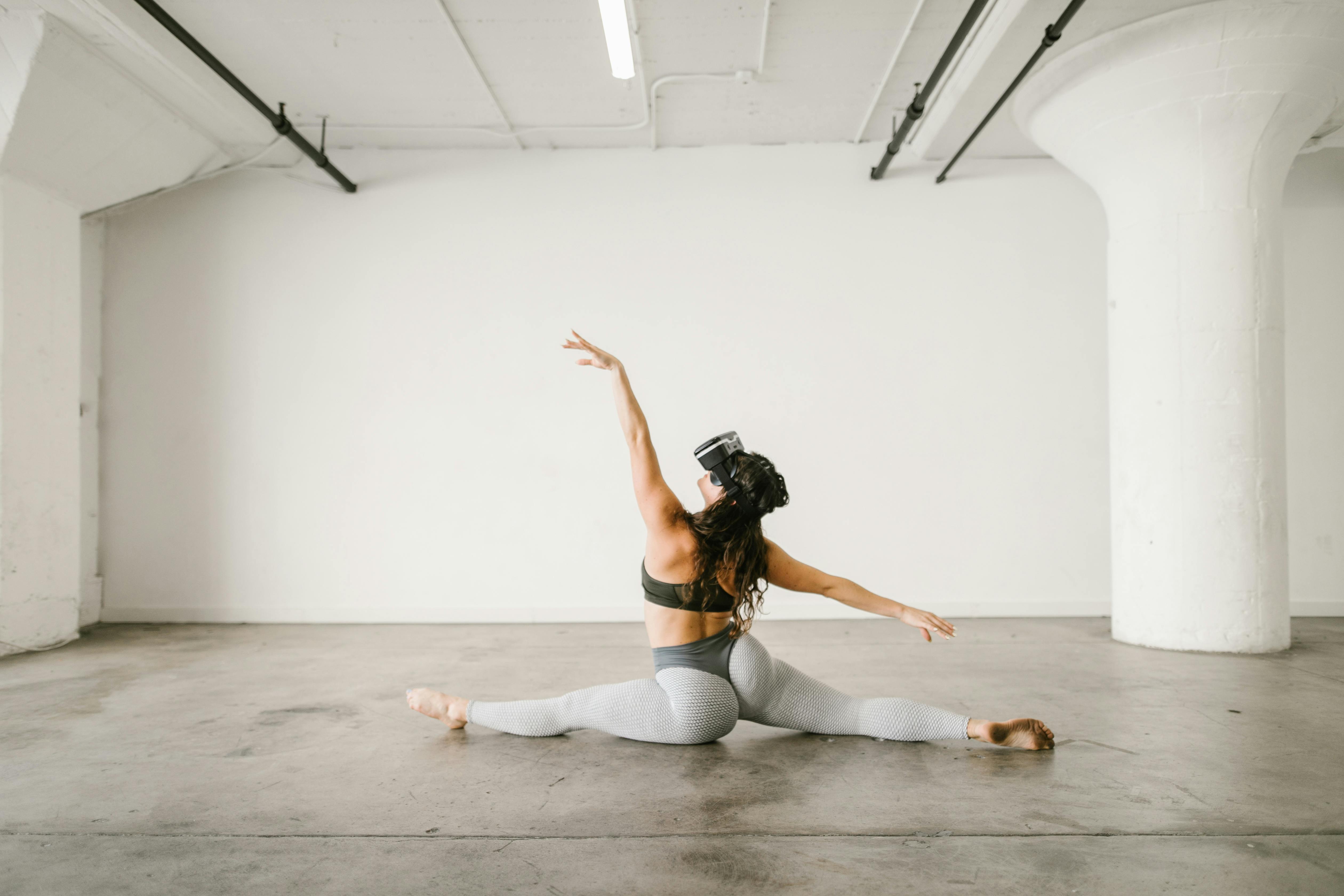Virtual Reality: Transcending Boundaries in Performing Arts
Introduction: An immersive, sensorial experience is taking center stage in the world of performing arts. Virtual reality (VR) technology is transforming artistry, audience engagement, and the very dynamics of performance. Virtual reality, a concept once limited to the realms of science fiction, has now permeated various sectors, including education, gaming, and healthcare. However, the integration of VR into the performing arts is a relatively recent phenomenon. The initial experiments with VR in this field began in the late 1990s, with artists exploring the technology's potential to create immersive experiences. The early 2000s saw a gradual adoption of VR in theater and dance performances, with companies like Punchdrunk and the Royal Shakespeare Company pioneering the use of this technology.

The Quantum Leap: VR in Today’s Performing Arts
The advent of more accessible and affordable VR technology in the past decade has spurred its adoption in the performing arts. Today, VR is being utilized in theatrical productions, dance performances, and even operas. For instance, the Royal Opera House in London recently unveiled a VR experience that allows audiences to step into the shoes of a ballet dancer. Similarly, the San Francisco Ballet presented a VR rendition of the classic Nutcracker.
The Impact: Audience Engagement and Artistic Expression
The incorporation of VR technology is reshaping the performing arts landscape in significant ways. On one hand, it is revolutionizing audience engagement by offering immersive and interactive experiences. On the other hand, it is providing artists with new avenues for creative expression. By transcending physical boundaries, VR allows artists to craft multi-dimensional narratives and surreal landscapes that would be impossible in a traditional setting.
The Reception: A Mixed Bag of Reviews
The reception to VR in performing arts has been mixed. While many laud it as a groundbreaking tool that breathes new life into performances, others express concern about the loss of human connection and shared experience that is central to traditional theater. Despite these differing opinions, there is a consensus that VR, if used judiciously, has the potential to greatly enrich the performing arts.
Looking Ahead: The Future of VR in Performing Arts
The current trajectory suggests that VR will continue to play an instrumental role in the performing arts. As the technology evolves, it is likely to facilitate more sophisticated and nuanced performances. However, the challenge lies in ensuring that VR enhances, rather than overshadows, the essence of performing arts—the human element.
In conclusion, virtual reality is pushing the boundaries of artistic expression and audience engagement in the performing arts. As this innovative technology continues to evolve, it will be fascinating to observe how it reshapes the future landscape of this dynamic industry.




